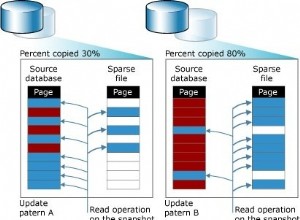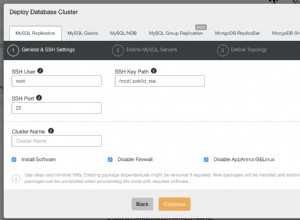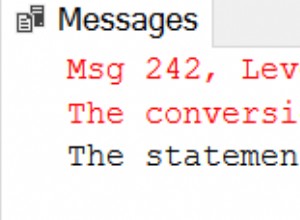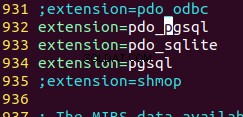आप मौजूदा तालिका संरचनाओं के साथ इसे जांचने के लिए कोई बाधा नहीं बना सकते। इसे करने का एक सामान्य तरीका इस प्रकार है:
create table loaner (
loan_id number(5) primary key,
loan_type VARCHAR2 (16),
loan_start_date date,
loan_end_date date,
constraint loaner_uk unique (loan_id, loan_type)
);
create table office_worker (
worker_id number(5) primary_key,
loan_id number(5),
loan_type VARCHAR2 (16),
worker_name varchar2(50),
constraint office_worker_loaner_fk foreeign key (loan_id, loan_type) references loaner (loan_id, loan_type),
constraint office_worker_loan_type_chk check (loan_type = 'OFFICE')
);
create table nonoffice_worker (
nonworker_id number(5) primary_key,
loan_id number(5),
loan_type VARCHAR2 (16),
nonworker_name varchar2(50),
constraint nonoffice_worker_loaner_fk foreeign key (loan_id, loan_type) references loaner (loan_id, loan_type),
constraint nonoffice_worker_loan_type_chk check (loan_type = 'NONOFFICE')
);
वह है:
- पहली तालिका में (load_id, Loan_type) में एक अनावश्यक UNIQUE बाधा बनाएँ।
- लोन_टाइप को सबटाइप टेबल में जोड़ें और विदेशी कुंजी को (लोन_आईडी, लोन_टाइप) पर आधारित करें।
- प्रत्येक उप-प्रकार तालिका में एक चेक बाधा जोड़ें ताकि यह सुनिश्चित हो सके कि सही ऋण_प्रकार का उपयोग किया गया है।




